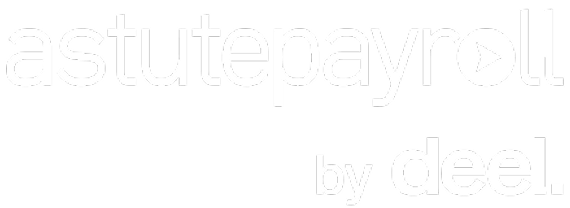A Comprehensive Guide to Understanding SEO: All the Essential Terms and Acronyms Explained to Help You Improve Your Website’s Search Engine Performance
Organic search results are different from paid ads, which are marked as “sponsored” or “ad,” and they don’t require any payment to appear on the search engine results page (SERP).
YMYL stands for “Your Money or Your Life,” and it’s a term that Google use in its guidelines for quality evaluators to categorise web pages that can significantly impact a person’s happiness, health, financial stability, or safety.
The X-Robots-Tag is one of those headers that gives specific instructions on how search engines crawl and index their pages.
White-Hat SEO is a term used to describe all the optimisation and techniques that are allowed (and encouraged) by Google and other search engines.
Webspam refers to content that is created with the goal of manipulating search engine rankings.
Also known as website architecture, website structure refers to how a website’s content and pages organised and arranged.
A website hit refers to a single request made to a web server for a file, which could be anything from a page, image, video, or stylesheet.
Website authority refers to the overall strength of a particular website
WCAG, short for Web Content Accessibility Guidelines, are a set of international standards created to make web content more accessible for everyone
URL Rating, or UR, is a metric used by various SEO tools to measure the strength of a specific webpage’s backlink profile.
The UGC (User-Generated Content) link attribute is a type of rel attribute used in HTML to signal to search engines that a link was created in user-generated content
International Award Winners
Across Australia & Industry Wide
With Over 165 Reviews











Our strategy team will work your business goals and provide you a clear roadmap on how to get there!